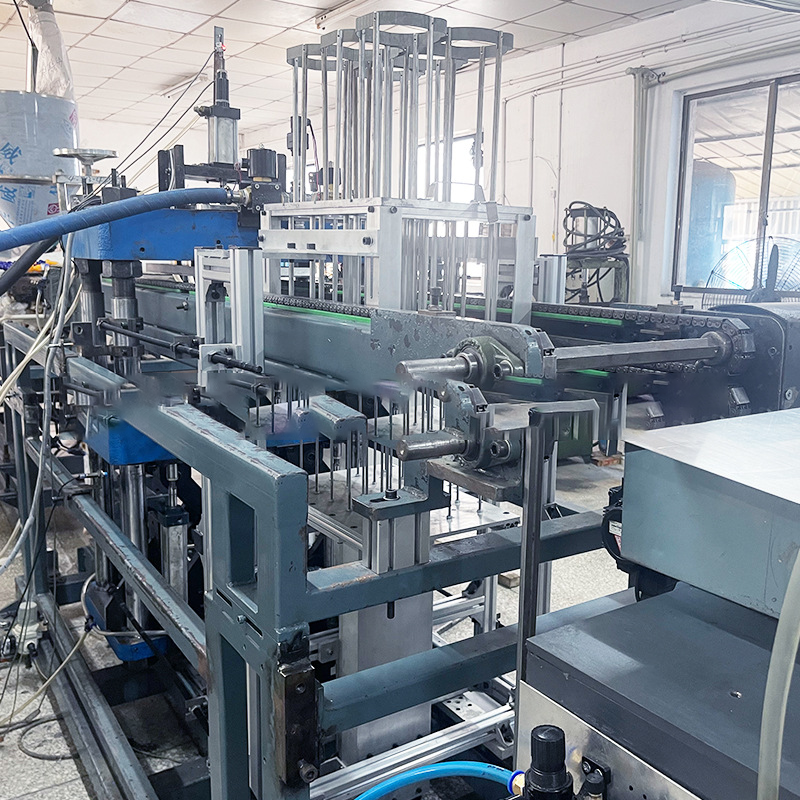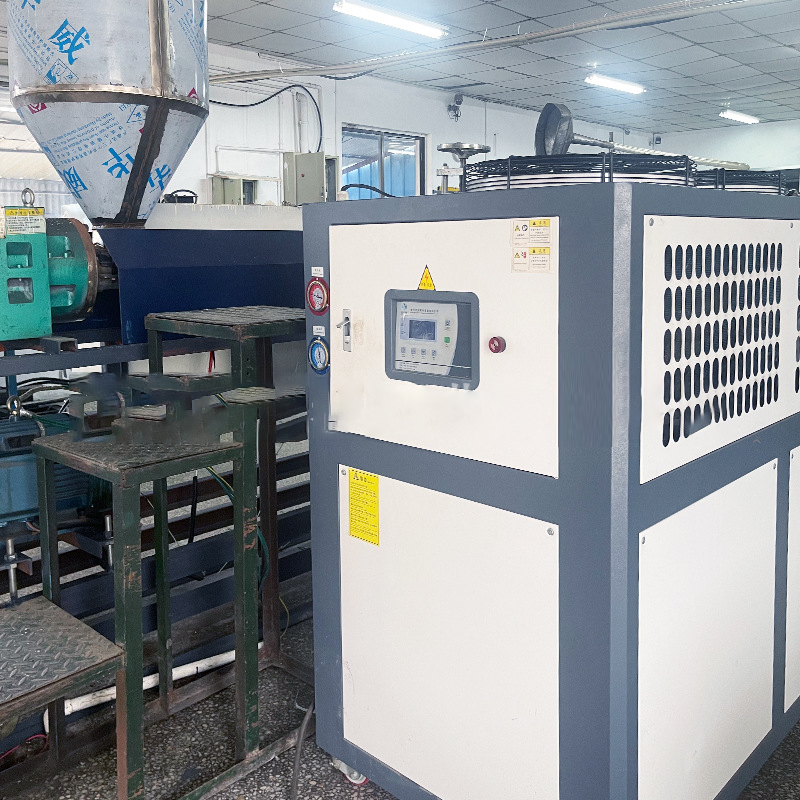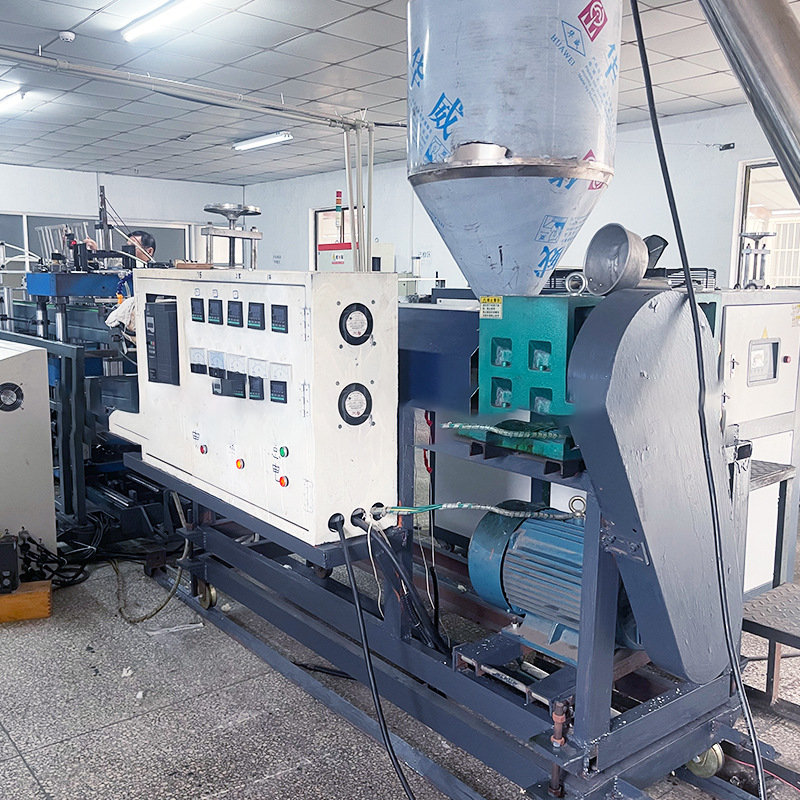Some models adopt a floating heating plate design, which uses springs or hydraulic devices to keep the heating plate in close contact with the mold, reducing contact thermal resistance.
- +86-13196855854
- 3120296650@qq.com
- Dongmachang Village, Yunyang Town, Danyang City (east side of Danjin Road)







